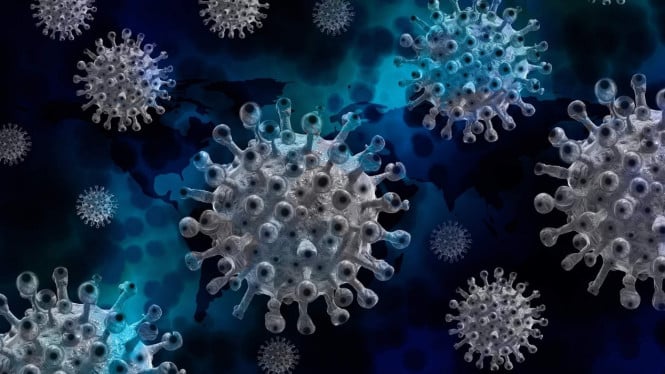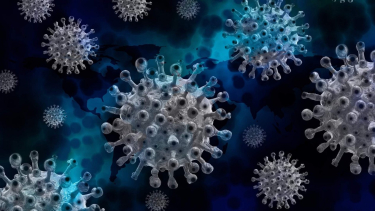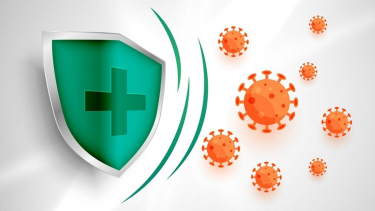- Pixabay/mattthewafflecat
VIVA – The pandemic in the world so far is not over. Since last Monday, the Indian Ministry of Health reported an increase in cases, 115 new Covid-19 patients were found – a positivity rate of 7.45 percent in Delhi. Experts said this condition was due to the discovery of a new variant called Arcturus.
As per the data, active Covid cases in Uttar Pradesh have tripled in the last 10 days. The latest government data shows that the number of districts with a weekly test positive rate (TPR) of 10 percent or more has increased to 32 across 14 states and UTs, a 3.5-fold increase in two weeks.
According to experts, a new variant of COVID XBB.1.16 is the cause of concern for the sudden spike in the number of cases. This was revealed by the former chairman of the Indian Academy of Pediatrics and consultant pediatrician at Mangla Hospital and Research Centre, Bijnor, Vipin M Vashishtha, in a tweet on Twitter.
"XBB.1.16 has a 140% growth advantage over XBB.1.5. It is much more aggressive than XBB.1.5. And probably faster than XBB.1.9," Vashishtha wrote.
Ilustrasi lawan COVID-19.
- ist
How dangerous is the Arcturus variant?
Vashishtha shared that according to the UK Health Security Agency, XBB.1.16 is a lineage with 3 additional spike mutations (E180V, K478R, and S486P).
All eyes should be on India! If XBB.1.16 or #Arcturus could succeed to wade through the 'sturdy' population immunity of Indians that successfully resisted the onslaught of variants like BA.2.75, BA.5, BQs, XBB.1.5, then the whole world must be seriously worried!!," Vashishtha added in the Twitter thread.
Meanwhile, according to doctors, COVID patients are showing a similar set of symptoms as during the third wave of the pandemic in India between January and March last year. Common symptoms of this new variant include fever, sore throat, cold, headache, body aches, and fatigue. It could also impact the digestive system.
Even with the rise in the number of cases, hospitals across the country are not getting a rush of COVID patients and overall hospitalization remains low. There is little evidence of any severity associated with the new, highly transmissible variant, according to research.
Well, how to prevent it?
Basic hygiene measures play a big role in helping one protect themselves from getting infected. Avoid crowded places and wear a mask if you have to go into one. Carry a 60% alcohol-based hand sanitizer in your pocket and keep using it throughout the day. Wash your hands with soap and water, especially before eating a meal. Avoid touching your face, eyes, or nose.
Stay away from those who show symptoms of a respiratory infection and if you experience any symptoms, isolate yourself to avoid spreading the infection and seek necessary treatment.

























